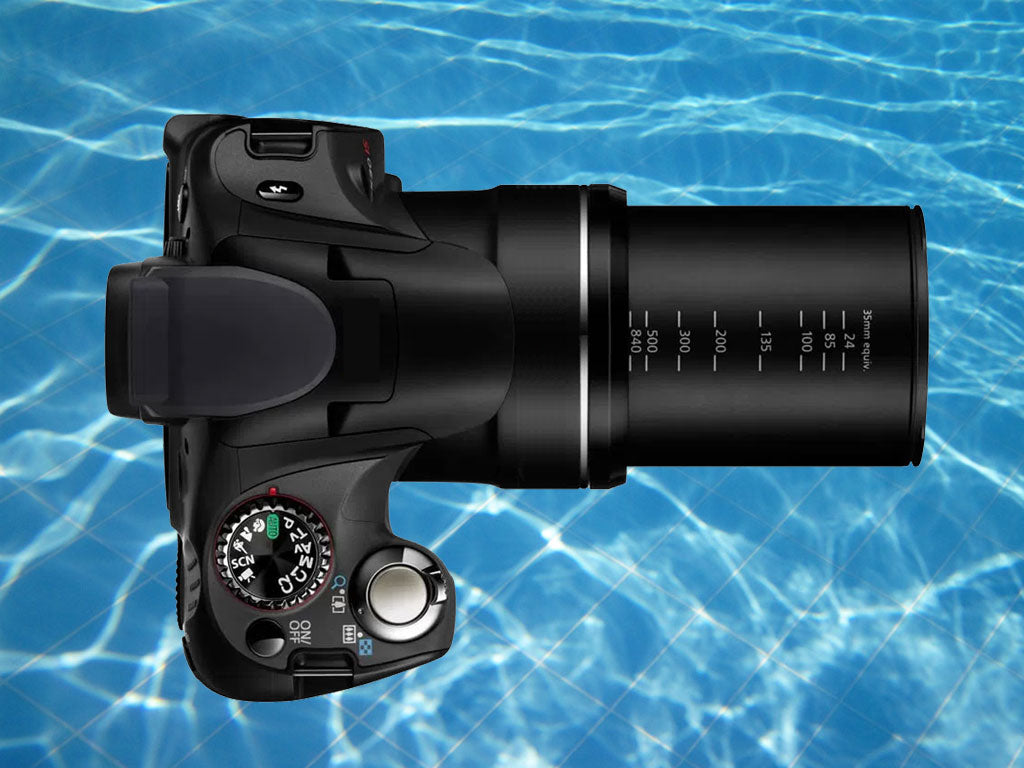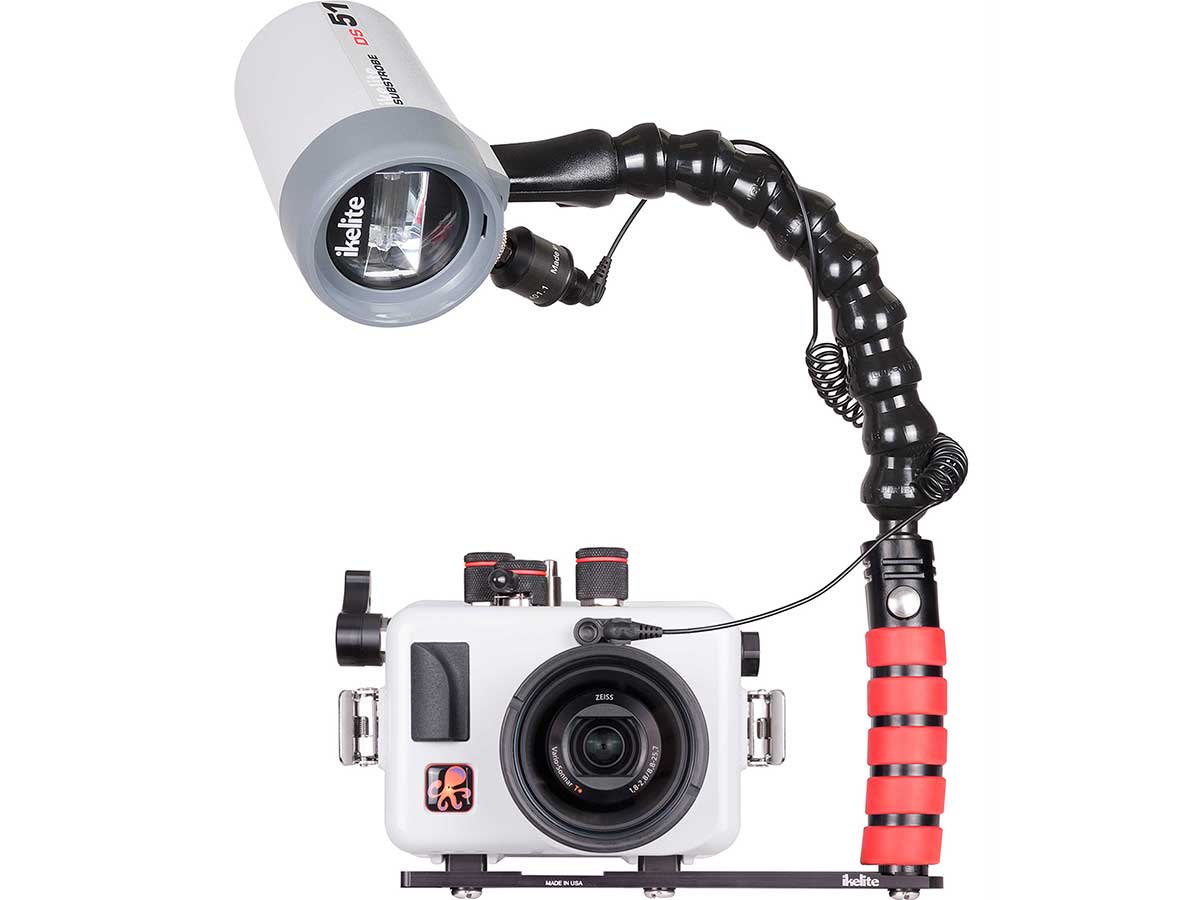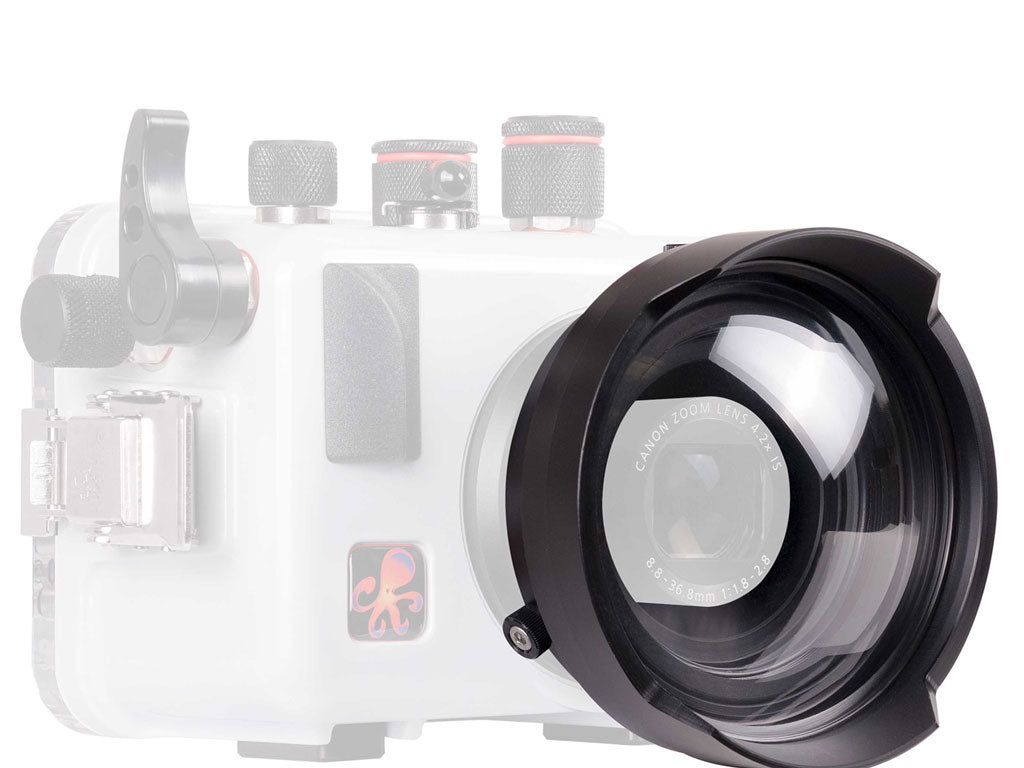A super zoom camera is great for shooting the kids' soccer games and ideal for travel, but not so hot in underwater photography. Here's why...
Size
Super zoom cameras have to be bigger to accommodate larger diameter, telescoping lenses. This makes the housing large and bulky, leaving less room in your luggage for lighting and other necessities like clothes.
Wide Angle
Adding a wide angle wet lens to a compact camera housing is highly desirable underwater. These lenses must be as close as possible to the lens of the camera for crisp and clear images.
Super zoom cameras change a lot in overall length throughout their zoom range, while other cameras change very little. If the wide angle lens is very far from the camera's lens, the image will be blurry and will look like you're shooting through a port hole.
Macro
Zooming into the telephoto range—70mm and up—makes small subjects appear larger in your image. Shooting around a 100mm focal length is very popular underwater because it makes those nudibranchs and shrimps fill the frame.
Focal lengths above 200mm are rarely used underwater, because the camera has to be farther away from the subject to obtain focus when shooting in the extreme telephoto (high mm number) ranges. As a result, the subject is more difficult to frame and color loss occurs because there is so much more water between you and your subject.
Recommendation
Purchasing an underwater housing is an investment. If you're ready to take the plunge, we recommend considering other cameras which are better suited for underwater photography. There are great options in every price range, most of them are small enough that you'll still be able to pack your super zoom for surface use.














